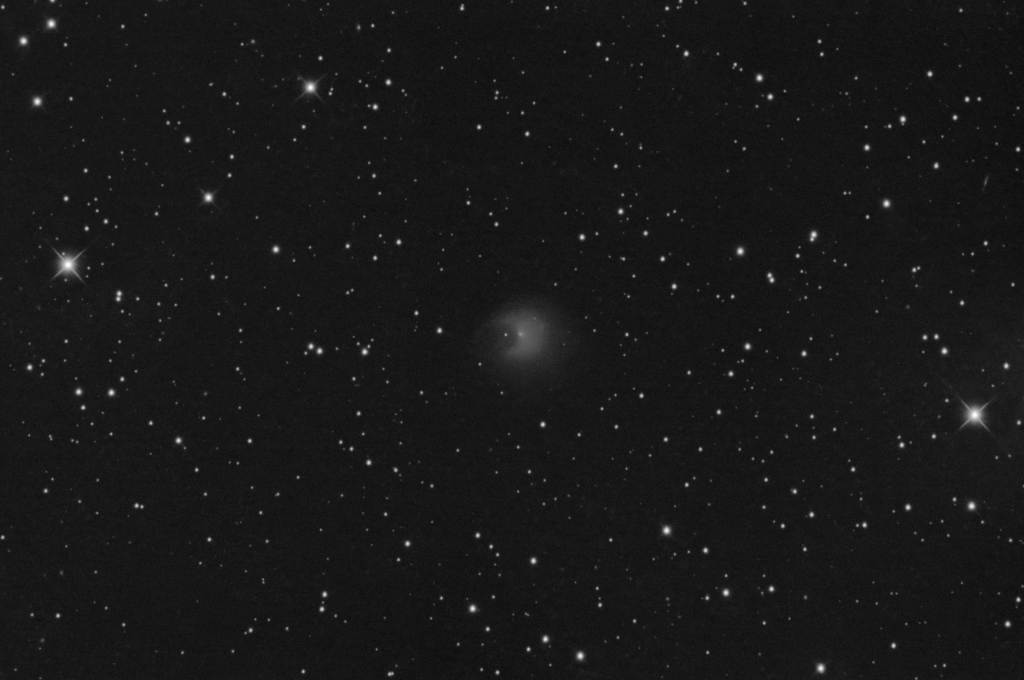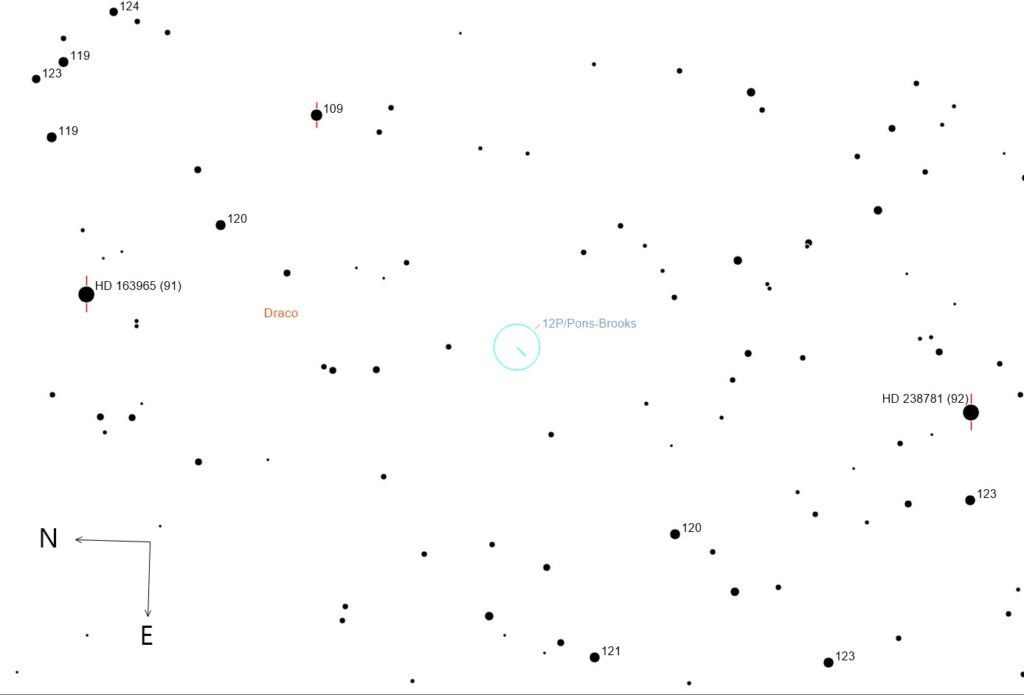Session Data
- Date: 03/08/2023
- Time: 21:35 – 22:24 UT
- Seeing: II Good
- Transparency: II Clear with some cloudClear with slight haze
- Temp: 14.1C,
- Air Pressure: 1019mb,
- Humidity: 93%,
- Dew Point: 12.8C,
- Wind Speed: 8mph
Scope: Altair 250mm RC f/5.3 Camera: ZWO ASI 183MM Pro, No filter, Dark subtracted and Flat fielded.
Session Notes: Just slapped on the camera after having fitted some new adjustable extension tubes for spacing. Took 20 x 30 second darks to add to the library. Winds gusting to 13 mph, so conditions not ideal.


I’ve not really used Skytools imaging since I got it, but found the planning and framing features in it to be quite useful tonight. It downloads the current orbital data for that day and when you compare the plot and the subsequent image, it’s all pretty accurate. I couldn’t be arsed to use the imaging scheduler for something so transient, but the exposure calculator suggested 11 x 35 second subs with a smearing time of 57 seconds. The framing view for rotation helped to place those two bright stars where I wanted them, and then slewed the scope to the coordinates of the frame centre.
I use NINA for image capture so it was a simple task to use the framing assistant to set my required camera rotation using the manual rotator function – which works a treat by the way and then platesolve the scope to the required coordinates.
I took a total of 44 subs in the end and Comet aligned them in Pixinsight. I then extracted the stars from a star aligned stack of ll the images and then added those to the Comet aligned stack using PixelMath.
That scalloped notch in the coma seems very unusual. From what I gather, this could be explained if the comet had two lobes – similar to 67P/Churyumov–Gerasimenko and the notch is the shadow from one of those lobes being cast onto the coma.

The position of the comet as stacked is RA: 17: 55 50.72 DEC: +55° 26 37.6